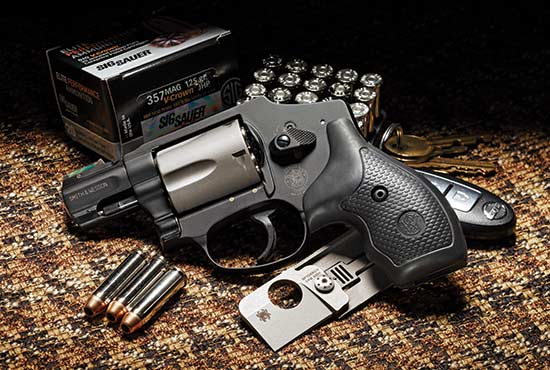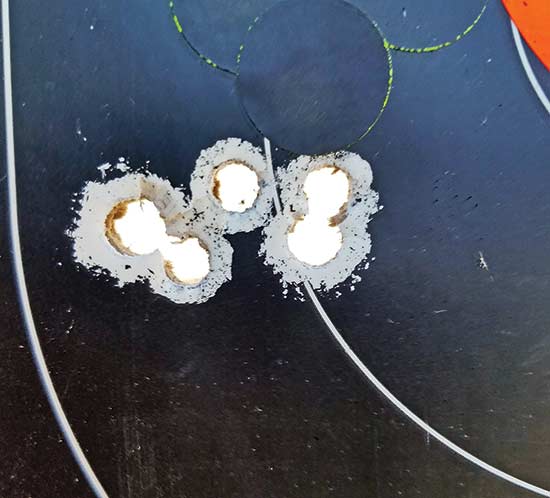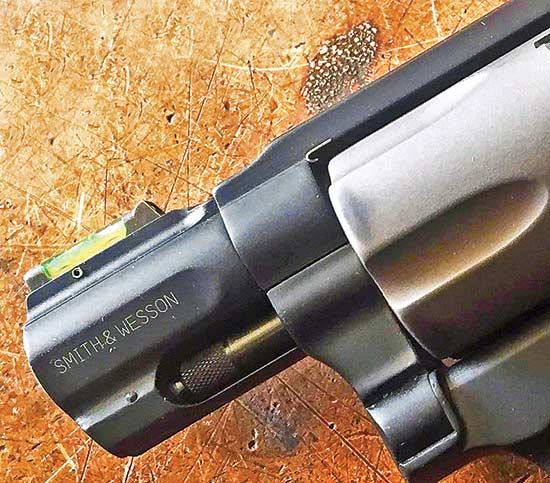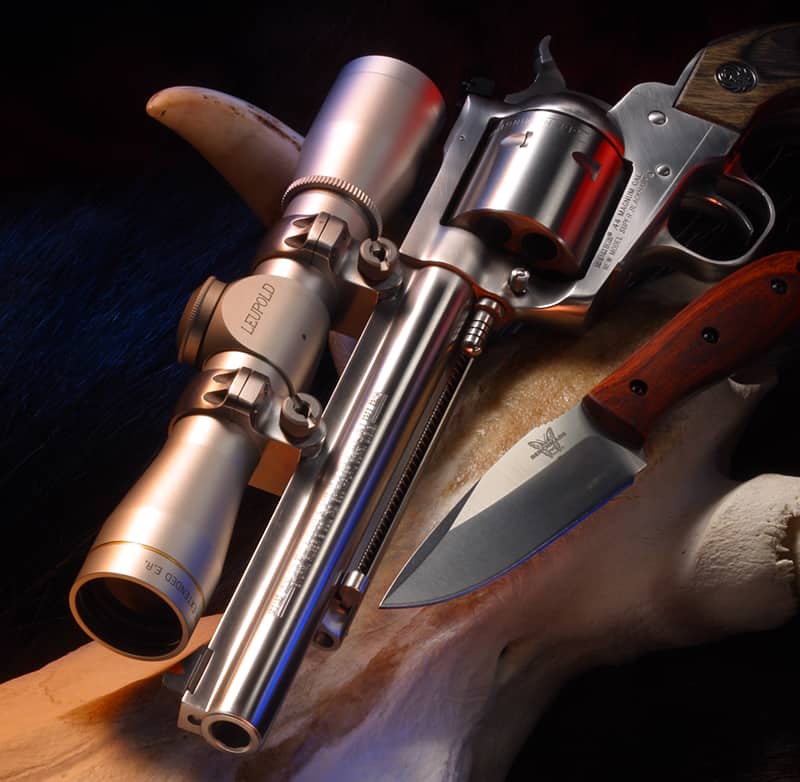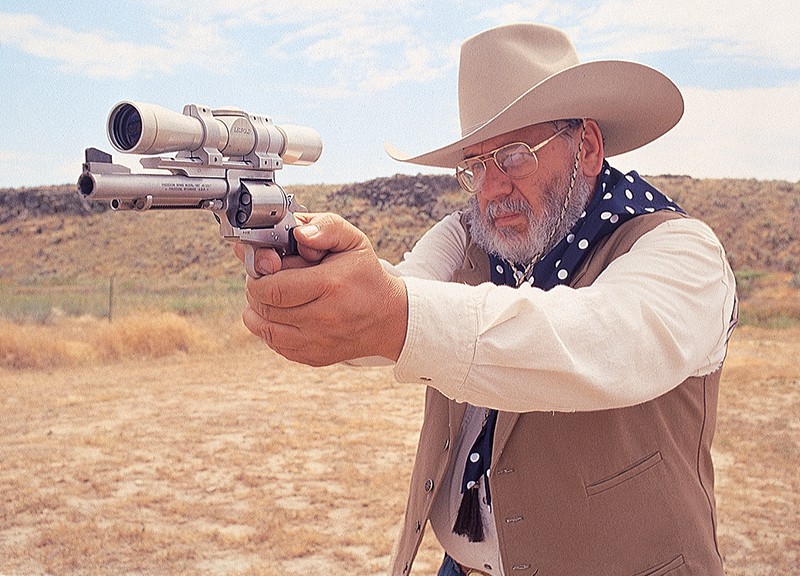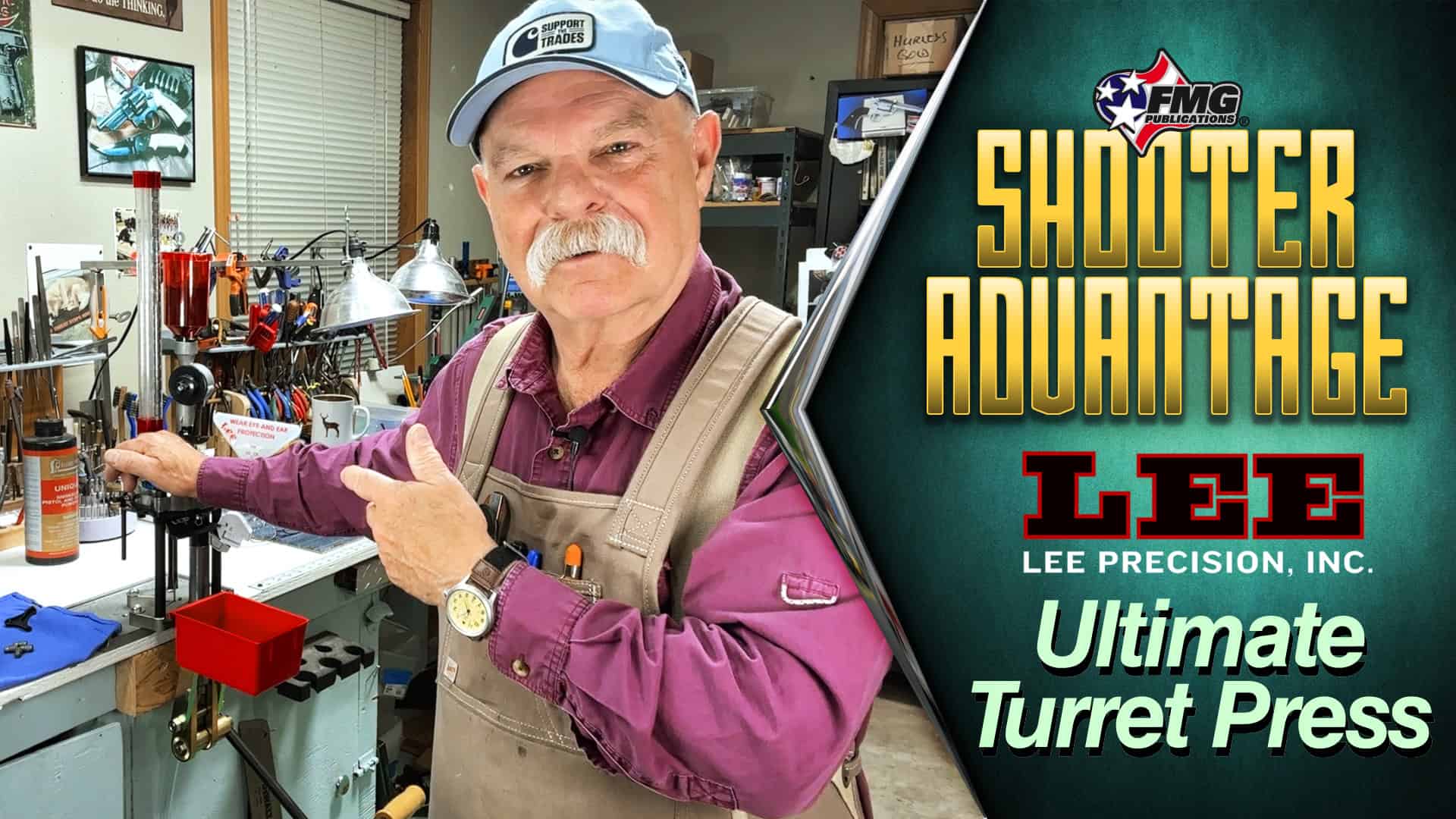S&W's Model 340 PD
A Magnumized Workhorse
“Well,” said my shooting buddy Thomas Mackie, massaging his right hand with only a slight grimace, “now I can say I’ve done it….”
The “it” in question involved lighting off five reasonably quick rounds of .357 Magnum from a J-Frame S&W snubbie with a minimal curb weight — specifically, the lightweight 340 PD.
“A .357 Magnum option is okay, I guess,” he said, once circulation had returned to his hand. “But I sure wouldn’t wanna make a career out of it.”
“You remember the way old-timers used to describe these kinda guns?” I asked. “Carry a lot, shoot a little.” A cute punch line for sure, but a too-flip description of an excellent carry snubbie — a cool heir to a long line of Smith J-Frames.
There’s also a flip-side to the “Plus-P’s Plenty for Me” argument and I’ve heard it from very knowledgeable CCW types. Basically, it’s “give me all the power I can get!” With the 340 PD, you’re free to explore all ammo possibilities, but very few are going to want .357s for regular practice.
Non-Snag, Low Drag
The original S&W Safety Hammerless ceased production in 1940 but the concept was resurrected in 1952 as the Centennial. Today there’s a J-Frame subset of these “hammerless” models exhibiting the same simplicity of operation making their predecessors so highly regarded.
This “simplicity” of course, involves the tacit acceptance you’re going to be shooting a snubbie double-action anyway. So why even deal with the option of “hammered” single action? After all, it could provide just one more level of distraction should it ever come time to use the gun in the type of emergency it was designed for.
The 340 PD — at $1,019 MSRP — is obviously a premium offering, featuring a 2-piece sleeved barrel, scandium frame and a titanium cylinder. There’s a small stainless steel insert in the topstrap right above the forcing cone, appearing to act as insurance against “flame-cutting” from the high pressures of magnum loads. From the left side it looks like a little silver horizontal “J” against the dark anodized scandium.
There’s also the admonition No Less Than 120-Gr. Bullet etched on the bottom of the barrel sleeve. I’d surmise this is to caution anyone from using short, lightweight screamers that could be more likely to jump the crimp. It’s a perfectly sensible caveat. Having a tied-up CCW gun would be the nightmare of nightmares — one from which you might not awaken.
The bright green HiViz fiber optic front sight is very quick to acquire. Blessedly, the flat-top bracket for it provides a whisper of “square post” sight picture to make grouping the gun easier. On top of this, the scandium/titanium combo makes for a distinctive 2-tone silver/black effect.
Let’s Get Shootin’
The dimensional rundown is cut-and-dried Smith snubbie: A 2″ barrel, 6.3″ overall length, 5-shot cylinder and synthetic grips. The kicker, naturally, is the 11.2-oz. weight and magnum potential. We only took advantage of the .357 chambering enough to try a pair of magnum loads. The first was Buffalo Bore’s Low Flash, Low Recoil 158-gr. JHP. The other was SIG’s 125-gr. Elite V-Crown JHP. From the 340 PD the 158 was stout. And (not to whine too much) the 125 — at 1,128 fps — was brutal.
Once we passed the Manly Magnum Test, we thankfully returned to the .38 Specials. At 50 feet we grouped the following .38 Special loads: Black Hills 148-gr. Wadcutter (610 fps), Black Hills 135-gr. +P JHP (843 fps), Federal Premium 130-gr. HST JHP +P (770 fps), Speer 135-gr. GDHP +P (780 fps) and Aguila 130-gr. FMJ (648 fps).
Five-shot groups from sandbags ranged from an outstanding 1.75″ (Speer 135s) to 2.25″ (Black Hills 148s) to 3-3.5″ for the remaining .38s. With the full-pop SIG 125-gr. .357 JHPs we managed to put four out of the five in 4″. With the more manageable Buffalo Bore 158-gr. Low Recoil mags we managed to stick three out of the five in 1″ even, although the remaining pair were about 3″ left of that.
For grouping purposes from a rest, carefully staging the DAO trigger is what we did. It was smooth and consistent — with a slight hitch tipping us off at the pause point. However, it should be noted everything from this test gun shot a bit left — probably inconsequential at close range. But if this gun were mine, I’d do something about it after first settling on a carry load and a practice load that hit reasonably close to one another.
www.gunsmagazine.com/company/smith-wesson/
Smith & Wesson
Ph: (800) 331-082
